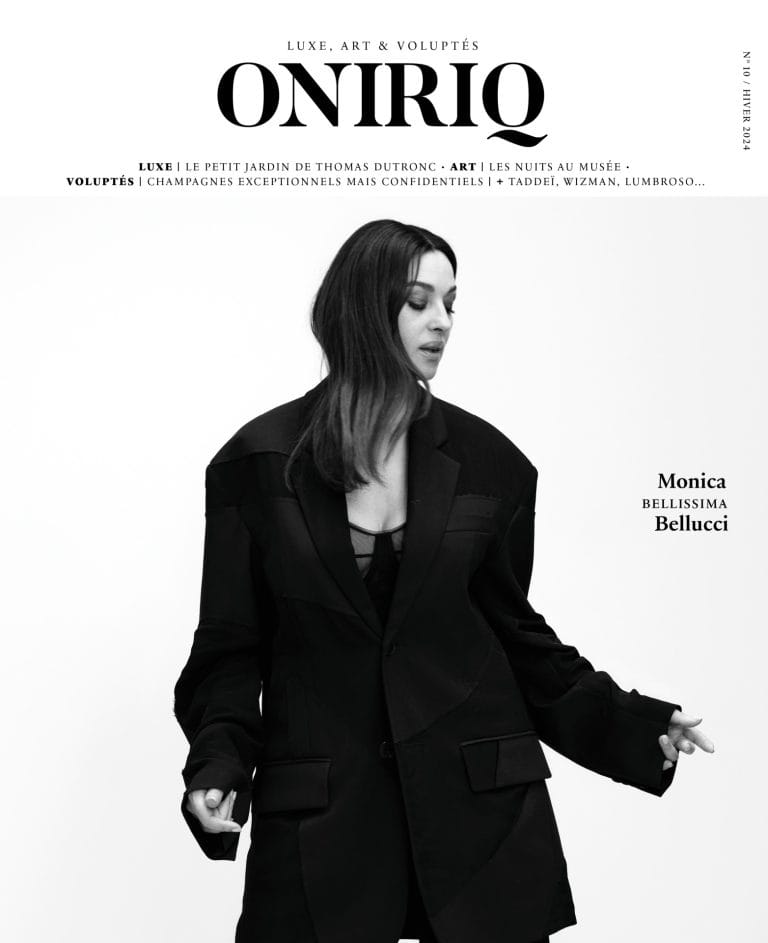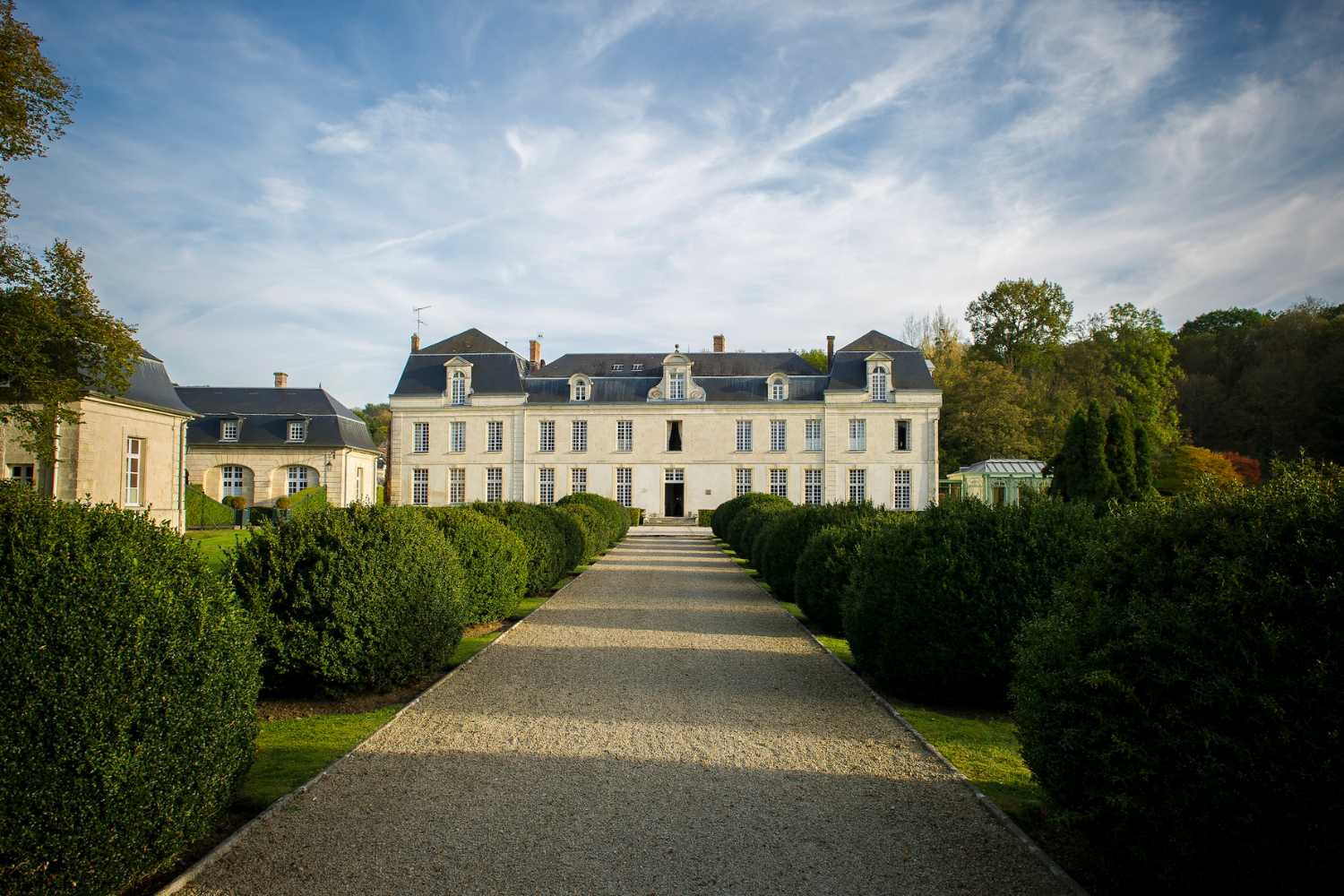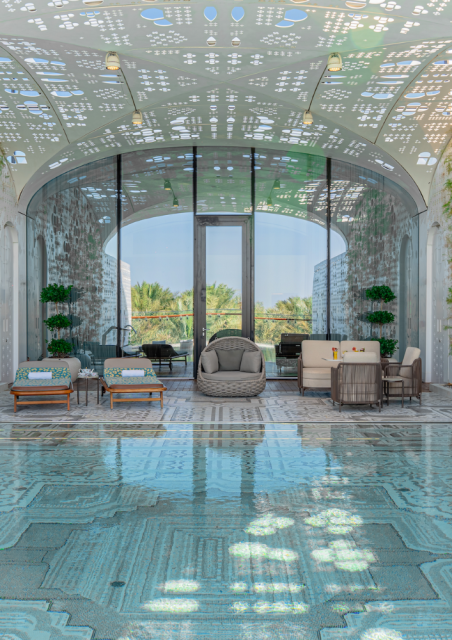Translated by Bethszabee Garner
Once upon a time there was a baron, Jacques de la Grange, who wanted to build a lavish castle built for himself while King Louis 14th, of whom he was an advisor, was launching the construction of the Château de Versailles. His order was carried out at the end of the sovereign's reign, between 1690 and 1694. An imposing building was erected, with stables and an orangery completing an architecturally elegant, majestically sober ensemble. The 25-hectare park is home to a French garden, an English garden, a canal bordered by two-hundred-year-old plane trees and, as seen in many period films, a hedge maze for playing hide and seek! But the daring baron did not enjoy it for long, as he died some time after the work was completed.
In the 18th century, Martin Bouron, a royal notary, bought the château, which became the last salon to hold court thanks to his descendants, as beautiful as they were erudite, who were then known as the ‘Demoiselles de Courcelles’. Parisian intellectuals did not hesitate to come all the way to the Aisne to court the two charming creatures, the philosophers of the Enlightenment Rousseau, Diderot and Voltaire, to name but the most important.
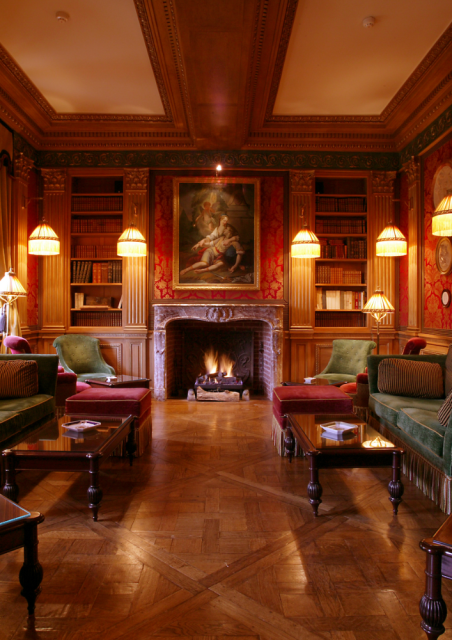
The evenings of Christian Dior
Closely linked to both major and minor historical events, the castle was to witness an event that would leave its mark on it for decades to come: Napoleon I had an appointment in Compiègne with the woman who was to become his second wife, Marie-Louise of Austria. However, on 27 March 1810, the carriage carrying Marie-Louise had a flat tyre on the way there. Where? In front of the entrance to the château! The Emperor, who had been warned, rushed to the aid of his beloved, whom he met in the small village of Courcelles-sur-Vesles! A plaque on the church commemorates this romantic moment. A century and a few years later, during the First World War, the events that took place at the castle were less pleasant. It was occupied by the Germans who, frozen by the harsh winter, dismantled the parquet flooring in the music room to burn the wood in the fireplace. Fortunately, they had the good taste to spare the ‘Versailles’ parquet flooring, with its sun-shaped decorations, which adorned the neighboring rooms. A few kilometers away, the battle known as the Battle of the Chemin des Dames raged, but unlike several mansions in the vicinity, the Château de Courcelles suffered virtually no damage.
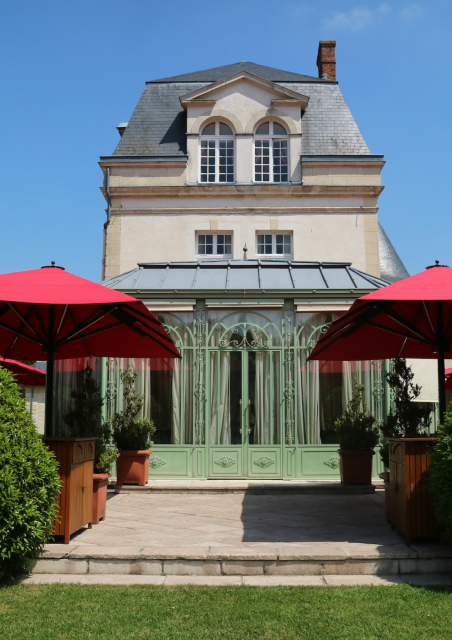
When the Second World War broke out, bis repetita, the Germans occupied it again. This time, however, they did not damage it, leaving antique dealer Jacques Bonjean free to acquire it at the end of 1944, after the site was liberated by the Allies, and restore it to its former glory. It so happened that the new owner was the father of the very beautiful actress Geneviève Page, who had all of Paris at her feet. The parties she threw at the château were all the more popular because her godfather, a certain Christian Dior, invited his friends from the world of haute couture and high culture to attend... Jean Cocteau, for example, became a regular visitor to the place, to the point where he designed the banister of the grand staircase leading to the first floor.
A Relais & Château Hotel
Bonjean sold Courcelles in 1955, and it changed hands several times until 1988, when Bernard Antonioz, the head of a computer company, bought it to turn it into a luxury hotel. This lover of history and old buildings undertook a huge renovation project, while preserving the castle's period charm.
Even today, resolutely turning his back on fashion, he maintains this artistic line, believing that if people pay to sleep in a castle, it is not to find themselves in a room decorated by an avant-garde designer... Since the acquisition of Courcelles, Bernard Antonioz has not wanted to go for the fifth star, preferring to protect the familial side of the establishment. On the other hand, he joined the prestigious Relais & Châteaux chain in 1992 and developed a quality gourmet restaurant where chef Massimiliano Sena likes to work with seasonal products, at the service of a relatively traditional French cuisine. Both vegetables (cauliflower, squash, Jerusalem artichokes) and fruits (apple, chestnut, etc.). The scallops and langoustines are cooked to perfection, roasted on one side. The setting is as romantic as can be, with three rooms and three ambiances, the last with a view of the park more suitable for sunny lunches than for candlelit dinners.
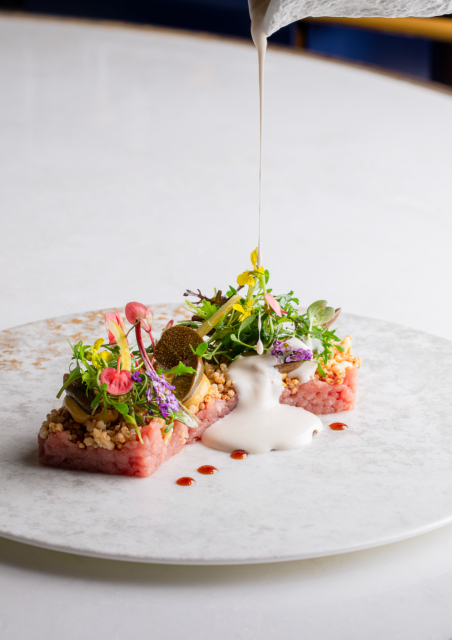
What about the rooms? A dozen large, tastefully decorated rooms, all different but all in the spirit of the Grand Siècle. The royal suite even has a royal blue carpet and fleurs-de-lis! During Covid, the decision was made to create the Marie-Louise suite in a 100 m2 pavilion adjoining the château, with two bedrooms and two bathrooms to accommodate a family or two couples of friends.
The next step is the opening of a trattoria in a neighboring village in 2025, to offer guests staying more than one night at the château a wider range of gastronomic experiences. Needless to say, the chef, Massimiliano Sena, is very enthusiastic about the project.
Article written by Yves Derai, to be found in issue 10 of OniriQ Magazine.

